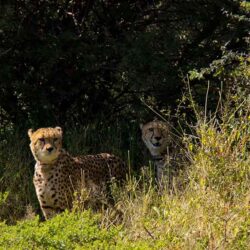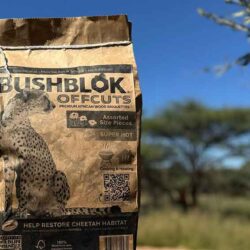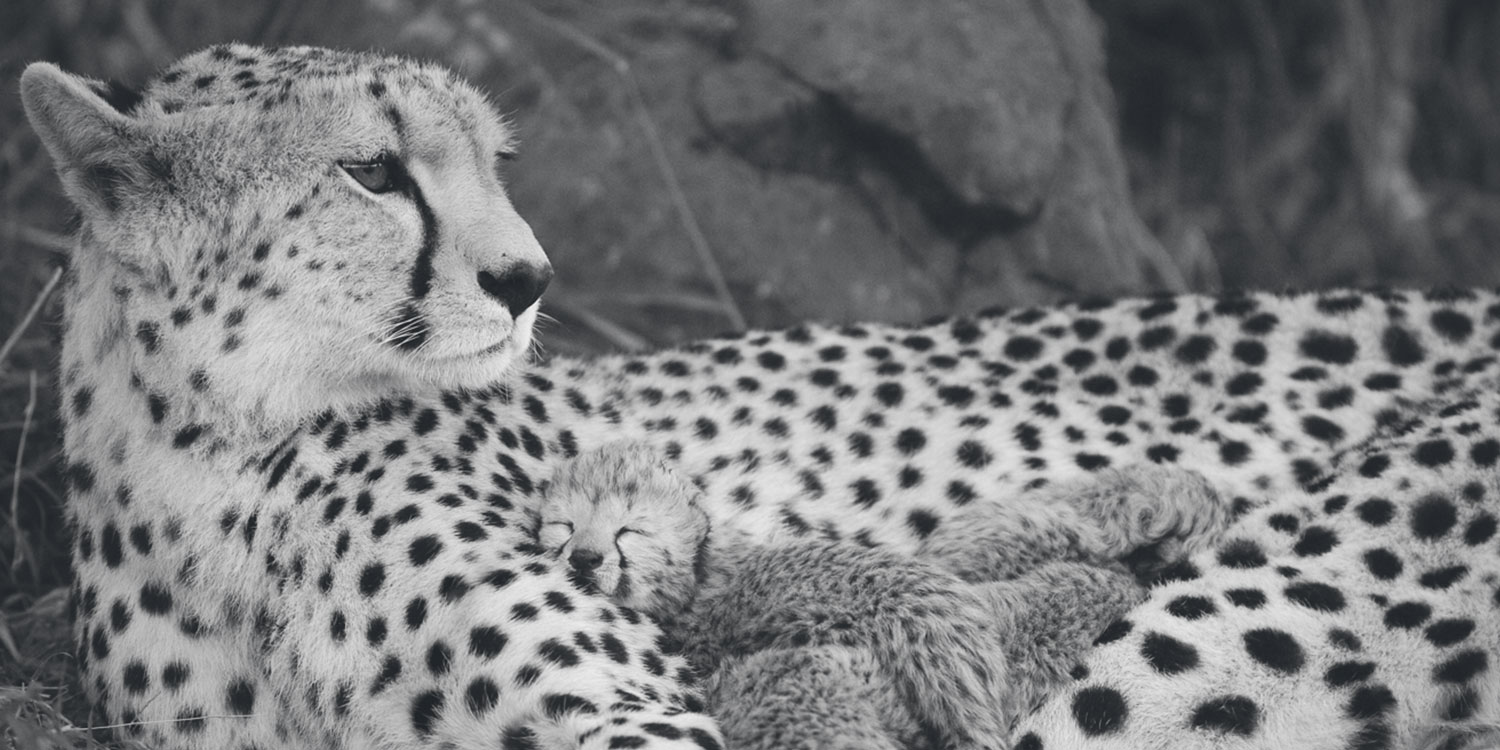Wildlife-Forensics at Cheetah Conservation Fund
-
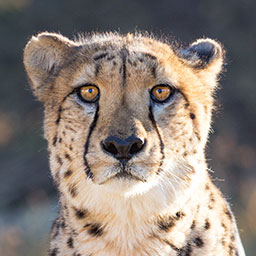
- by Monika Nanghama August 22, 2019
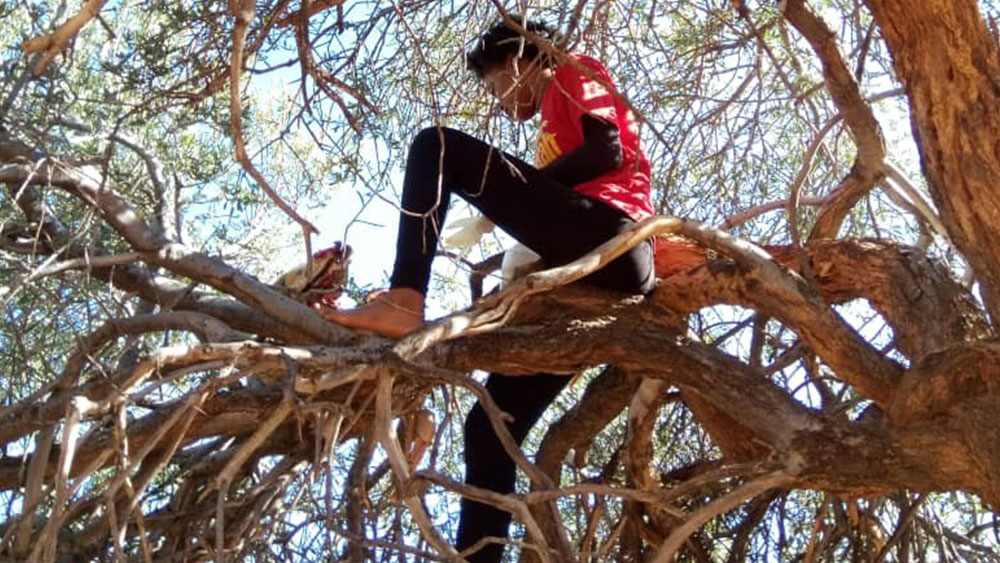
On one of his morning transect sample collection trips Tim Hofman, our scat dog researcher, spotted drag marks on the road. He decided to stop and follow them when he finally spotted a springbok carcass up in a tree. He also followed the drag marks to the kill site. He notified the genetics lab team and we immediately left our desks for a brief but very adventurous field trip.
No doubt that this is a leopard kill, with the kill up in the tree plus only leopards are strong enough around CCF to climb a tree with their kill. This presented an opportunity to collect samples for our “Carnivore Forensics” pilot study. The study will focus on identifying species responsible for kills based on salivary DNA extracted from swabs of carcasses. Human-Wildlife-Conflict is still a problem in Namibia and often unlucky predators/ individuals, especially cheetahs, get punished for kills they haven’t done. This project will aim at helping the farmer define the problem so that we can work on solutions using the various solutions to human-wildlife conflict that we have at hand at CCF.
I had to climb the tree in order to collect samples from what’s left of a male springbok. The first step was to examine the carcass for signs of scavenging activities which were none in this case, the aim is to collect DNA from the individual that made the kill and not the scavenger’s DNA, which could e.g. vultures.
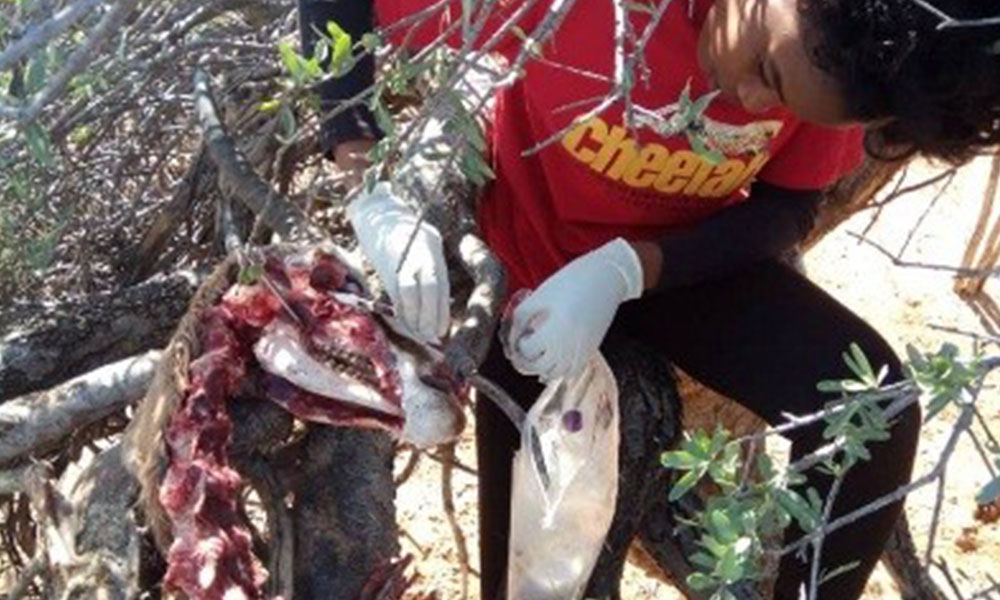
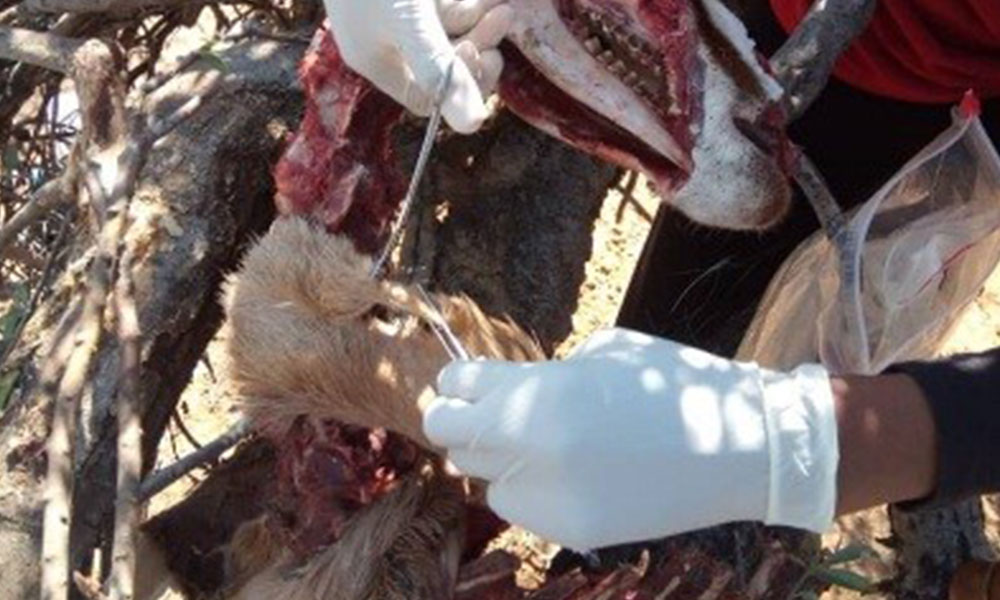
Related Reading
-
October 14, 2025
Cheetahs Were Born to Run -
July 3, 2025
Double Your Donation During July and August


